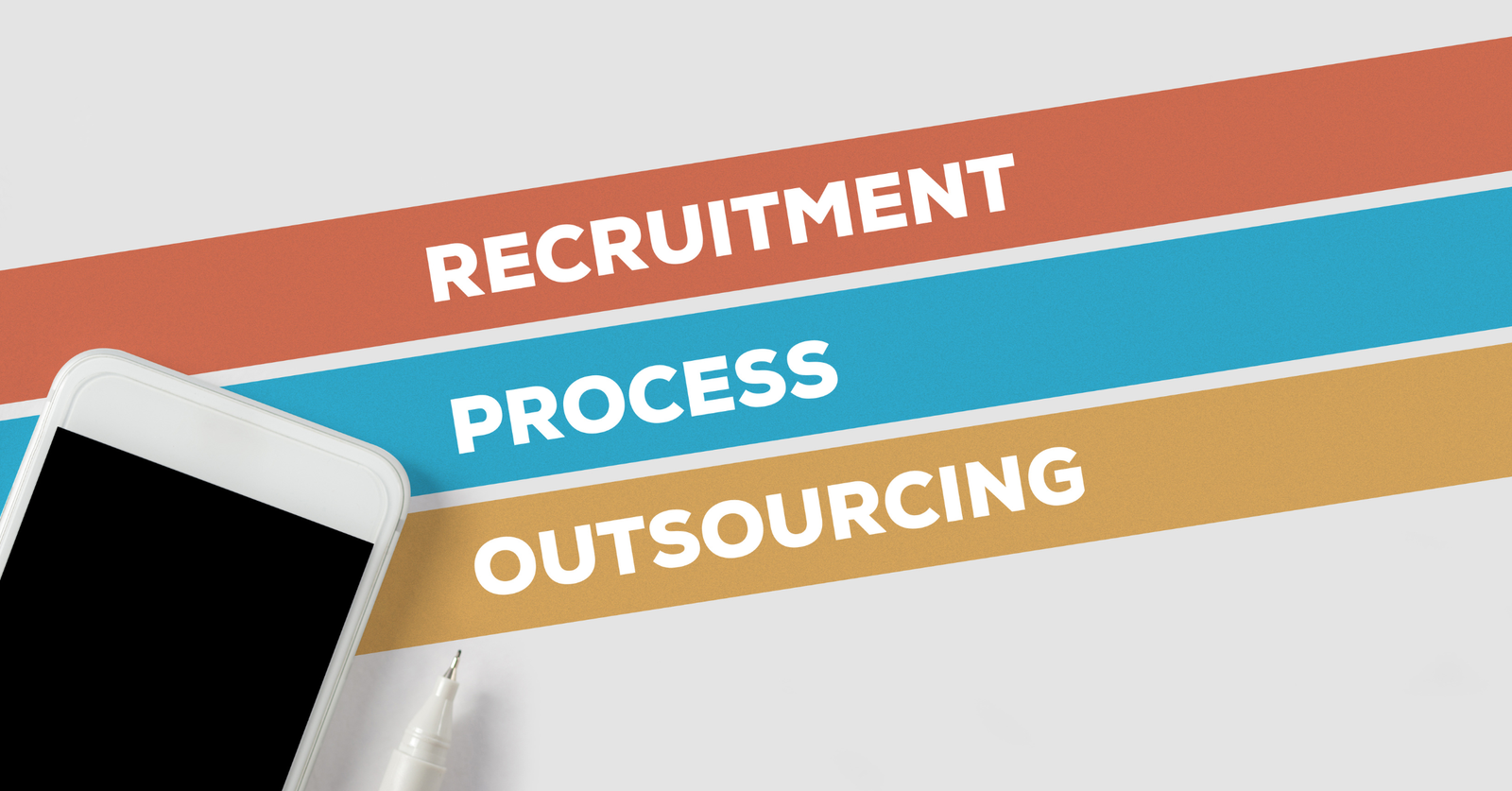Choosing the right workplace isn’t just about salary, benefits, or job titles—it’s about finding an environment where you feel valued, supported, and aligned with the organization’s values. Workplace culture plays a significant role in your job satisfaction, productivity, and overall well-being. But how can you identify a workplace culture that’s the right fit for you?
In this blog, we’ll explore what workplace culture means, why it matters, how to evaluate it during the job search, and how to adapt or decide if the fit isn’t right.
What is Workplace Culture?
Workplace culture encompasses the shared values, beliefs, and practices that shape how things are done within an organization. It’s reflected in everything from communication styles and decision-making processes to how employees interact and collaborate.
Key aspects of workplace culture include:
- Core Values: The principles that guide the organization’s mission and actions.
- Leadership Style: How leaders manage, motivate, and communicate with their teams.
- Work Environment: The physical or virtual setup and how it affects collaboration and productivity.
- Work-Life Balance: The organization’s approach to flexibility and employee well-being.
- Recognition and Growth: How achievements are celebrated and opportunities for advancement are provided.
Why Workplace Culture Matters
The culture of a company significantly impacts your:
- Job Satisfaction: Feeling comfortable and appreciated at work boosts happiness.
- Performance: A supportive culture helps you thrive and reach your full potential.
- Career Longevity: If the culture aligns with your values, you’re more likely to stay with the organization.
- Mental Health: A positive culture reduces stress, fosters inclusivity, and promotes work-life balance.
On the flip side, a misaligned culture can lead to burnout, dissatisfaction, and frequent job changes.
How to Identify Workplace Culture During the Job Search
1. Research the Company
Start by visiting the company’s website, reading its mission statement, and exploring its careers page. Look for signs of its values and priorities, such as diversity initiatives, employee testimonials, or social responsibility efforts.
2. Explore Employee Reviews
Websites like Glassdoor and Indeed provide insights from current and former employees about the company’s work environment, leadership, and overall culture.
3. Analyze Social Media Presence
Check the company’s LinkedIn, Instagram, or Twitter pages. Are they sharing content about employee achievements, team-building events, or community involvement?
4. Ask During Interviews
Interviews are a two-way street. Use the opportunity to ask questions such as:
- Can you describe the company’s culture?
- How does the company support employee growth and development?
- What initiatives are in place to promote diversity and inclusion?
5. Observe Interactions
Pay attention to how employees interact during the interview process. Are they welcoming and professional? The behavior you witness can offer clues about the company’s overall vibe.
Key Indicators of a Positive Workplace Culture
Look for these signs to determine if a company’s culture is a good fit:
- Clear Communication: Employees feel informed and connected to the organization’s goals.
- Employee Recognition: Achievements are acknowledged and celebrated.
- Supportive Leadership: Managers are approachable and invested in employee success.
- Collaboration: Teams work well together and value diverse perspectives.
- Growth Opportunities: The company provides training, mentorship, and career advancement paths.
- Work-Life Balance: Flexible policies and benefits prioritize employees’ well-being.
Understanding Your Own Values and Preferences
To find the right cultural fit, start with self-reflection:
- Identify Your Core Values
What principles guide your decisions? Examples include integrity, innovation, teamwork, or social responsibility. - Determine Your Work Style
Do you prefer structured environments or creative freedom? Are you more comfortable in a collaborative or independent setting? - Assess Your Long-Term Goals
Does the company’s culture align with your aspirations for career growth, skill development, and personal fulfillment?
Red Flags to Watch For
Sometimes, it’s easier to identify a poor cultural fit than a good one. Be cautious if you notice:
- High Turnover Rates: Frequent employee exits can signal dissatisfaction or instability.
- Lack of Transparency: If the company avoids answering questions about culture or leadership, it may indicate deeper issues.
- Negative Employee Reviews: While every organization has its critics, consistent complaints about management or work environment are a concern.
- Overemphasis on Perks: A focus on surface-level benefits (e.g., free snacks) might mask deeper cultural problems.
- Micromanagement: An overly controlling approach can stifle creativity and autonomy.
Adapting to a New Workplace Culture
Once you’ve joined an organization, it’s essential to adapt and integrate into the existing culture.
1. Observe and Learn
Take time to understand the company’s norms, communication styles, and unwritten rules.
2. Build Relationships
Develop connections with colleagues to foster collaboration and a sense of belonging.
3. Be Open to Feedback
Constructive criticism can help you navigate cultural nuances and improve your performance.
4. Contribute Positively
Bring your unique perspective and skills to the table while respecting the organization’s established practices.
What to Do If the Culture Isn’t a Fit
Despite your best efforts, you may find that the workplace culture doesn’t align with your values or expectations.
- Communicate Your Concerns
If specific issues are affecting your experience, discuss them with your manager or HR. - Explore Internal Opportunities
Consider transferring to a different team or department where the culture might be a better fit. - Evaluate Your Options
If the misalignment persists and affects your well-being, it may be time to explore other opportunities.
Success Stories: Thriving in the Right Workplace Culture
- The Collaborative Innovator
Emma, a software engineer, sought a culture that valued creativity and teamwork. She found her dream job at a company that encouraged cross-department collaboration and innovation. Today, Emma feels inspired and productive every day. - The Purpose-Driven Professional
After years in corporate roles, Alex joined a nonprofit that aligned with his passion for environmental conservation. The supportive and mission-driven culture has rekindled his enthusiasm for work.
Conclusion
Finding the right workplace culture is crucial for your career growth and personal happiness. By understanding your own values, researching potential employers, and assessing cultural fit during the hiring process, you can make informed decisions that lead to a fulfilling professional journey.
Remember, workplace culture isn’t just about fitting in—it’s about finding a place where you can thrive. And if you need guidance in navigating the job search or understanding company cultures, Skills and Placement Services is here to help you find the perfect match.
Submit your resume on our website and get your dream job today





